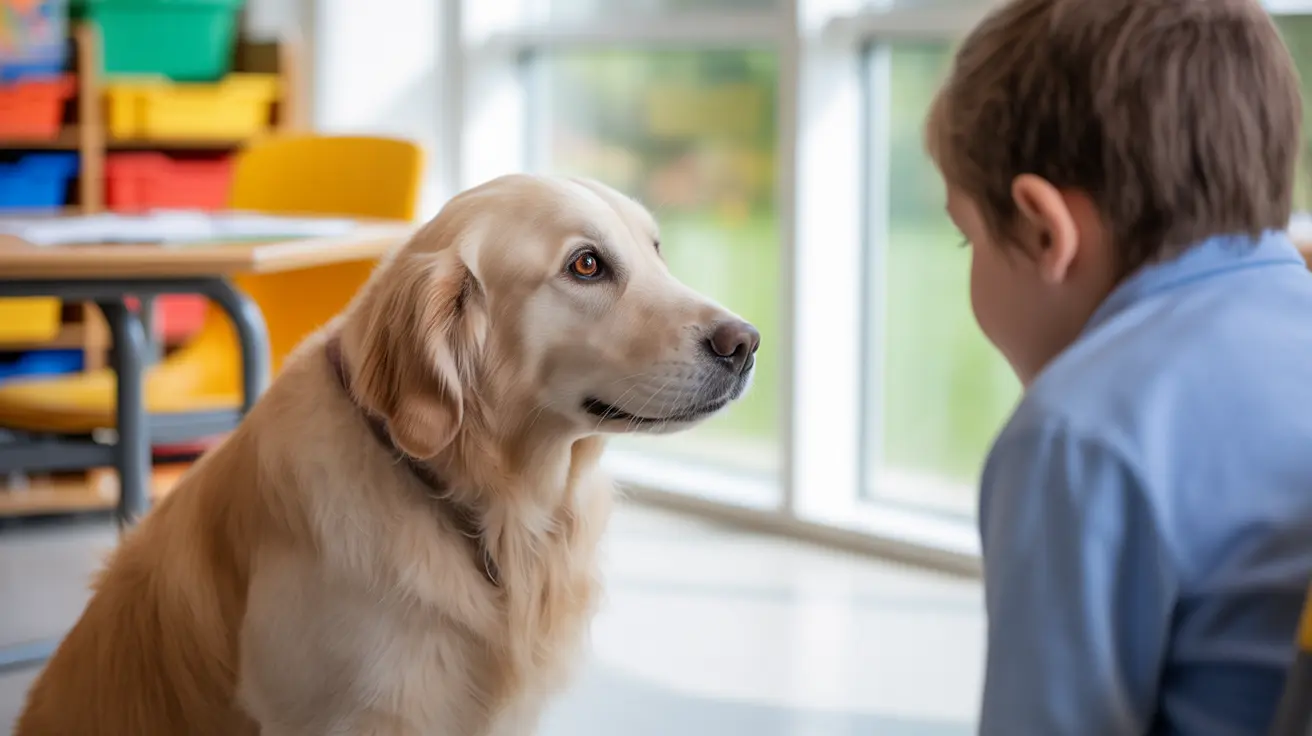Understanding How Dogs' Paws React to Cold Weather
While dogs' paws are naturally designed to handle colder temperatures better than human feet, they aren't invincible to winter's harsh conditions. Their paw pads contain specialized blood vessels and fatty tissue that help regulate temperature, but prolonged exposure to snow, ice, and freezing temperatures can still cause discomfort and injury.
Dogs' paw pads also have a unique circulatory system called the counter-current heat exchange system, which helps maintain warmth in cold conditions. However, this natural defense mechanism has its limits, especially when temperatures drop significantly or during extended outdoor activities.
Signs Your Dog's Paws Are Too Cold
It's crucial to recognize when your dog's paws are getting uncomfortably cold. Watch for these telling signs:
- Lifting paws off the ground frequently
- Excessive licking or chewing at paw pads
- Whining or showing signs of distress
- Limping or favoring certain paws
- Refusing to continue walking
- Visible redness or cracking on paw pads
Winter Hazards for Dog Paws
Snow and Ice Complications
Snow and ice present multiple challenges for dogs' paws. Ice can cause direct physical damage through cuts and abrasions, while packed snow between paw pads can form painful ice balls. These conditions can lead to:
- Frostbite in extreme cases
- Cracked or split paw pads
- Bleeding from ice cuts
- Bacterial infections from prolonged moisture
Chemical Dangers
Winter brings additional hazards beyond natural elements. De-icing chemicals and road salt can cause:
- Chemical burns on paw pads
- Skin irritation and inflammation
- Toxic reactions if licked off paws
- Drying and cracking of pad tissue
Effective Paw Protection Methods
Dog Boots and Booties
Quality dog boots offer the most comprehensive protection against winter elements. When choosing boots, look for:
- Water-resistant or waterproof materials
- Non-slip soles for traction
- Adjustable straps for secure fit
- Breathable fabric to prevent sweating
Paw Balms and Waxes
Protective balms create a barrier between paw pads and harmful elements. Benefits include:
- Moisture retention in pad tissue
- Protection against salt and chemicals
- Reduced snow and ice accumulation
- Healing properties for minor cracks
Winter Paw Care Routine
Before Walks
Prepare your dog's paws before heading outside:
- Apply paw balm or wax
- Put on protective boots if using them
- Trim excess fur between paw pads
- Check for existing injuries or irritation
After Walks
Post-walk care is equally important:
- Wipe paws clean with warm water
- Remove any snow or ice accumulation
- Dry paws thoroughly
- Reapply protective balm if needed
Frequently Asked Questions
Do dogs' paws get cold in the snow, and how can I tell if they're suffering?
Yes, dogs' paws can get cold in snow, especially during prolonged exposure. Signs include lifting paws, limping, whining, and excessive licking or chewing at paws. While dogs have natural cold resistance, their paws aren't immune to extreme temperatures.
How can I protect my dog's paws from ice and snow during winter walks?
Use a combination of dog boots, paw balms, and limited exposure time. Keep walks shorter in extreme conditions, clean paws after walks, and avoid areas heavily treated with de-icing chemicals.
What are the best paw balms or waxes to use on my dog for winter protection?
Look for products specifically designed for dog paws, such as musher's wax or petroleum-based paw balms. These create a protective barrier while moisturizing the paw pads.
Why should I trim the hair between my dog's paw pads in winter?
Trimming prevents snow and ice from collecting between the pads, which can form painful ice balls. It also reduces the accumulation of de-icing chemicals and makes it easier to apply protective balms.
How can I prevent my dog from getting frostbite or chemical burns on their paws in winter?
Limit outdoor exposure in extreme conditions, use protective gear like boots or balms, avoid areas treated with chemicals, and clean paws thoroughly after walks. Monitor paw condition regularly and address any signs of injury promptly.






